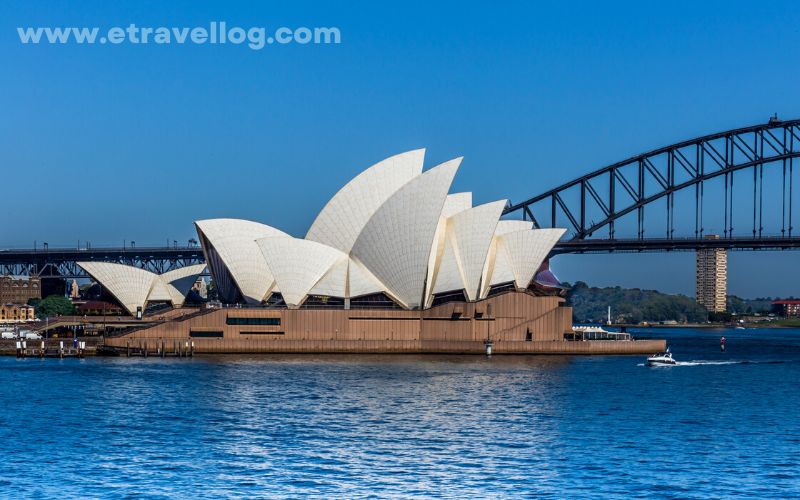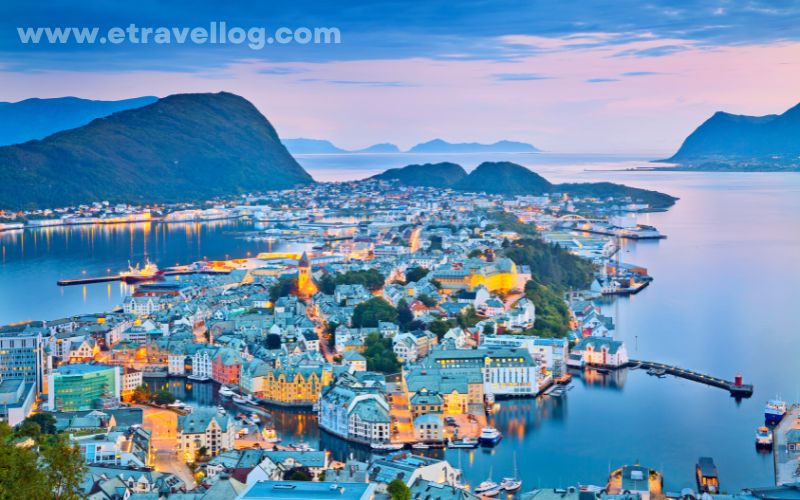
Top 10 Best Countries To Immigrate To: See Why
5. Australia

Australia, the world’s largest island and the smallest continent, has been the hottest destination for migrants. With the advent of globalization and liberalization, Australia has opened its doors to immigrants from all over the globe. The migrant population in Australia results from both planned and unplanned migration.
Australia is often considered one of the best places to live in terms of opportunities for education, health care, a high standard of living, and employment. Further, Australia is also known for its friendly people, excellent climate, and beautiful landscapes.
If you plan to migrate to Australia, you must first understand your options and how you can qualify for them. If you are a skilled worker who wants to apply for permanent residency in Australia, you must know about the different types of visas.
The Australian government has laid down specific criteria under which a migrant can get an Australian visa. The type of visa depends on several factors, including age, qualifications, etc.
One such visa is the Skilled Independent Visa (subclass 189) which allows skilled workers who do not have any family or relatives in Australia to migrate there permanently. Points Test
The applicant must score at least 60 points on the assessed points test to be eligible for this visa. Australia has a large and diverse population of migrants. The number of people who have migrated to Australia has increased steadily over the past few decades. Based on the 2011 census, 28 percent of Australia's population was born overseas, compared with 25 percent in 2006.
In fact, in 2011, more than 6.5 million people living in Australia were born overseas – the most recent migrants came from the United Kingdom (7.6 percent), New Zealand (4.3 percent), China (3.9 percent), India (3.3 percent), or Italy (2.1 percent).
Almost 300 000 people migrated to Australia in 2011-12, which is a significant increase from 10 years ago when only around 100 000 migrants moved to Australia each year.
Internationally, migration to Australia is prevalent because of many benefits. It is so popular because it is seen as an opportunity for a better life, with more career opportunities and a higher income than they would receive in their home country.
6. Norway

Norway is a highly developed country with a very high standard of living. Its oil and gas reserves and fishing, hydropower, and minerals contribute to its economy. Its capital city is Oslo, and Norwegians also speak Norwegian.
Since the end of the last ice age (about 10,000 BC). The Vikings were the first settlers in Norway. They were seafarers who traveled across Europe by boat. The first Viking ships were longboats that could travel on water and land. These boats were used to transport people and goods between villages.
Vikings built temporary settlements along the coast of Europe that they called “dwelling places.” Some of these settlements became permanent communities.
One of Norway's most famous kings is Harald Hardrada. He was a fierce warrior who defeated many enemies during his reign as king of Norway. His name means “hard ruler” or “hard ruler,” so he was also known as “The Lion King.” He lived from 1015-to 1066 AD and ruled from 1047-to 1066 AD.
He died in battle against King Harold Godwinson at Stamford Bridge in Yorkshire on September 25th, 1066 AD.
According to the World Bank, Norway is a rich country with a GDP per capita of $61,839 (Rs 39.5 lakh) as of 2017. But it's also an expensive place to live. Norway tops the ranking of the world's priciest places to live, thanks partly to its high cost of living.
Norway has a world-class welfare system that cares for public needs such as education and health care. According to the Organization for Economic Cooperation and Development, the Norwegian government typically spends about 46% of its GDP on social services. That compares with about 27% for the rest of Europe and 28% for the U.S., according to OECD figures from 2013.
One result: Norwegians have a high level of life satisfaction, according to surveys by Gallup and others.
Norway also scores well on other measurements of public satisfaction with government services such as education and health care. Some 92% said they were satisfied with their education system, and 85% said they were happy with their health care system (vs. 79% in the U.S.), according to a 2016 survey by Eurofound. This EU agency studies living working conditions across Europe.




